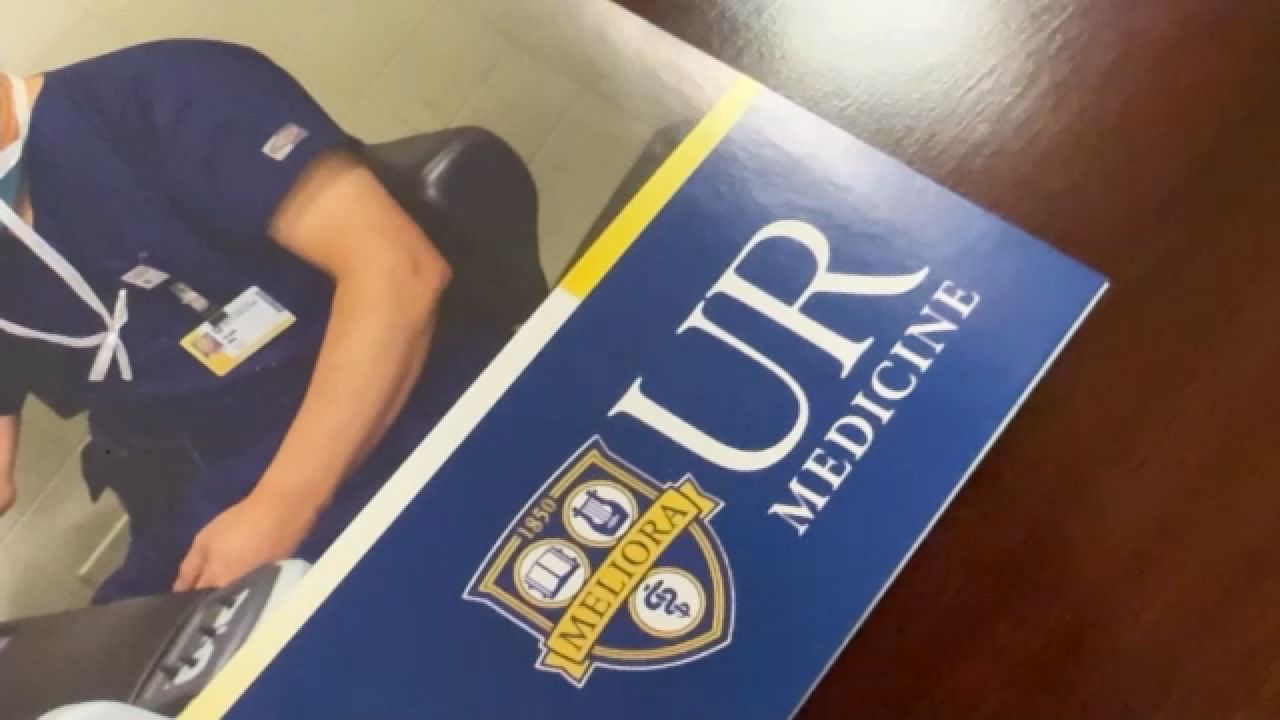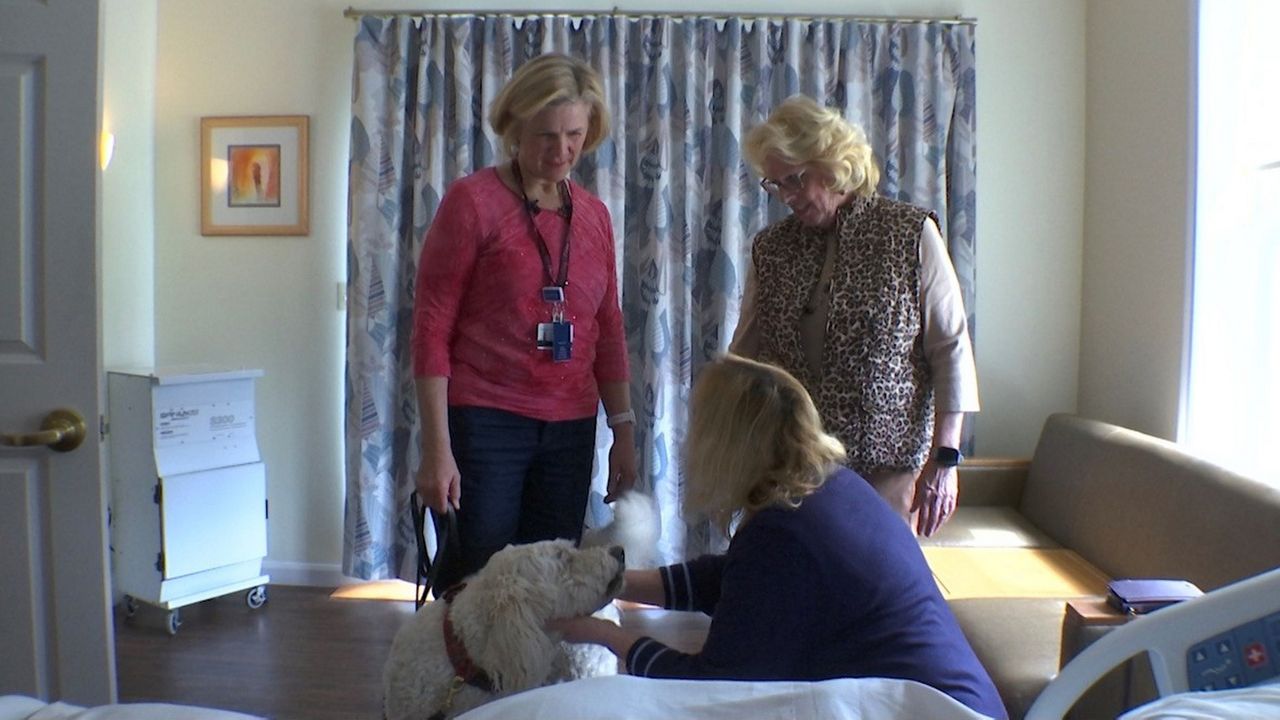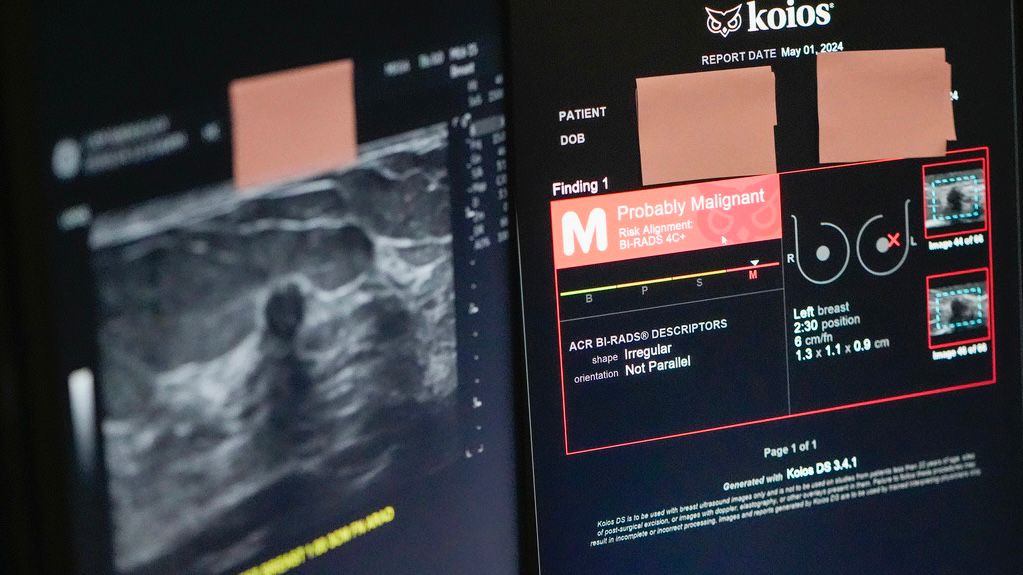Here’s a scenario: You’re in a noisy room. You’re trying to focus on what the person across from you is saying while others are talking. How does the brain figure it all out? That’s what researchers at the University of Rochester are studying right now.
The new study is looking at how the human brain cuts through the noise, weaving together audio and visual information to comprehend speech.
“We're very interested in how the human brain processes the world around us in general,” said Edmund Lalor, an associate professor of neuroscience and biomedical engineering. “Particularly how we pay attention to things in the real world, and how we process things like speech and music, and so on.”
Lalor is leading a team that’s studying how the brain processes conversation, coupled with visual cues like lip reading — to comprehend what someone is saying. The key to the research is in the measurement of brain waves.
“It measures electrical voltage signals that are coming off your scalp as your brain is busy underneath,” he said. “And by looking at how the fluctuations in those voltages changes over time and relating that to whatever the person's doing at that time, we can actually try to infer something about how brains are functioning.”
Researchers are trying to get a better understanding of how the brain operates in loud places, distinguishing between different speakers and the one you’re focusing on.
“We got particularly interested around the time of COVID, when everybody was wearing masks and it was much harder to hear them,” said Lalor. “It was a bit muffled, but also you couldn't see what their lips and teeth and tongue and all were doing. So it was hard to understand someone, particularly if you were in a noisy scenario.”
The study is focusing on people who are deaf or hard of hearing. Lalor’s team is looking for 250 people with cochlear implants, who will be fitted with EEG caps, which will measure their brain responses.
U of R won a $2.3 million grant from the National Institutes of Health for research over the next five years. Despite a since-lifted freeze on NIH grant reviews by the Trump administration, which has many in the science community concerned, Lalor says his project’s funding is in place, and the research is proceeding as planned.
“We take it for granted right I can see what you're saying,” said Lalor. “You can understand it, but actually in the brain, we don't really know how that works because the visual system is at the back of your brain and the auditory systems off to the side. So, how those signals actually come together in your brain to help you understand things is something we don't really understand.”
Lalor’s research could help in the development of better hearing aids and other devices in the future for people who are deaf or hard of hearing.
“I want to try and see if I can make an impact,” he said. “And that has motivated a lot of this recent effort to translate the basic science work we've been doing into these clinical populations, to see if we can actually have an impact.”










